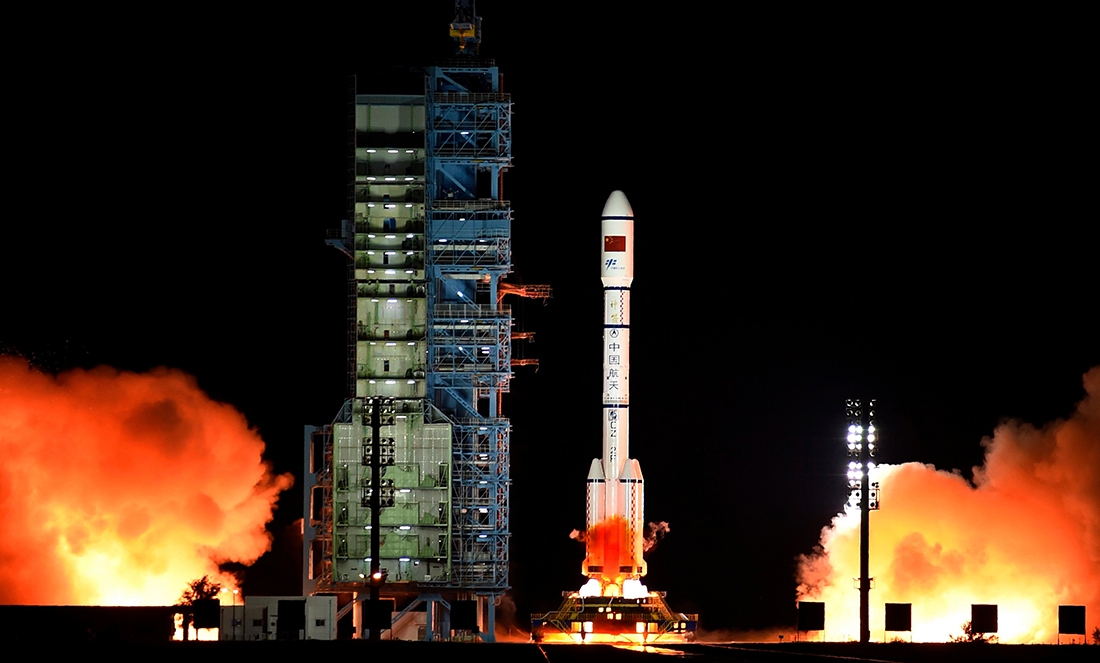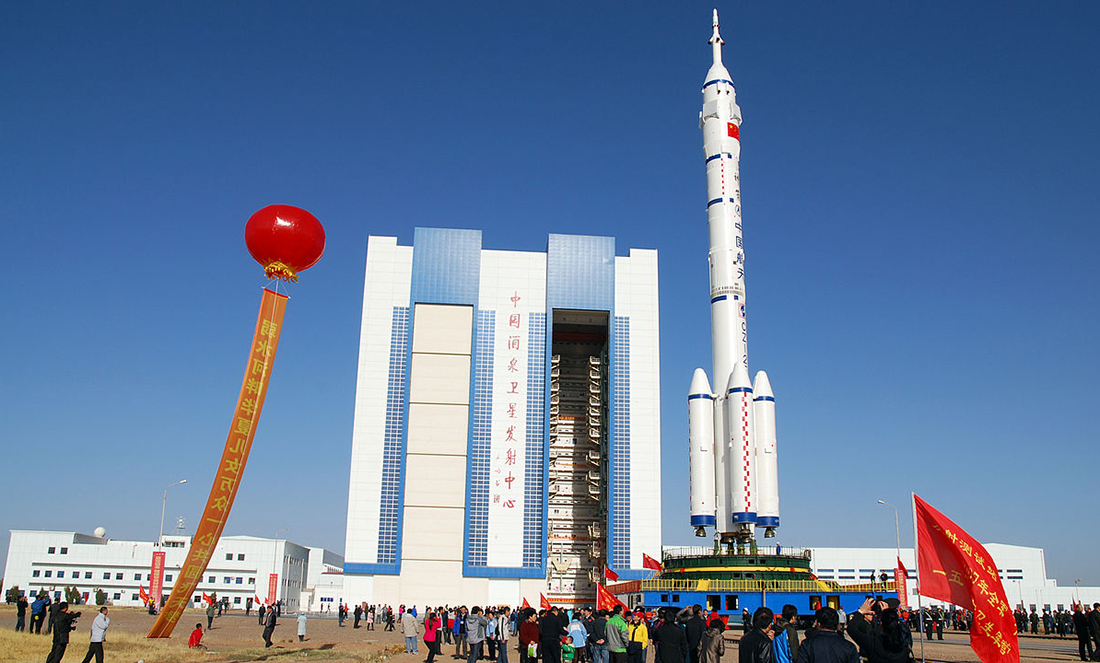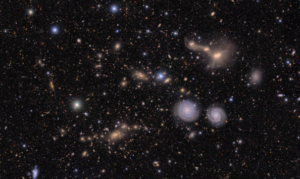Last year, China launched 22 rockets—more than the former Soviet Union and equal to the efforts of the US.
The country is arguably NASA’s biggest rival in space exploration.
There are reports it’s planning to put astronauts—or ‘taikonauts’ as they are known in China—on the Moon by 2036.
And it’s not just China’s national space programme challenging US dominance.
Private Chinese companies—many with relationships to the government—are aiming to commercially rival Western tech giants such as Blue Origin and Elon Musk’s SpaceX.
A VEIL OF SECRECY
For years, China’s national space programme has been shrouded in secrecy.
But in recent months, details have emerged of an ambitious agenda of space exploration.
In December, the Chinese Government offered up a stunning space white paper detailing plans to make the first soft landing on the dark side of the Moon in 2018.
It’s followed by a Mars landing by 2020.
MARS, ASTEROIDS, JUPITER AND BEYOND
The paper says it has been published “to enable the world community to better understand China’s space industry”.
It sets out an aggressive programme of activities for the next 5 years.
This includes work on sample collection from Mars, exploration of asteroids and the Jupiter system and planet fly-bys.
The document also flags research into the origin and evolution of the Solar System and the search for extraterrestrial life.

Deputy Chief of the National Space Administration Wu Yanhua said in a press release that China’s exploration and utilisation of space had exclusively peaceful motives.
“The white paper sets out our vision of China as a space power, independently researching, innovating, discovering and training specialist personnel,” he said.
WHEN THINGS GO WRONG
China could be considered to be making up for lost time after a late entry into the space race.
It launched its first astronaut into orbit in 2003.
This is more than four decades after Russian cosmonaut Yuri Gagarin became the first human to travel into space.
And as with any rapid rise, it hasn’t been without its stumbling blocks.
The country’s most powerful rocket failed just days ago, leading some commentators to suggest the setback left the door open for India to move ahead in the space rankings.
China also cannot collaborate with NASA.
That’s because Congress passed a Bill in 2011 that expressly forbids the US space agency from working directly with the Chinese, citing a risk of espionage.
COMPANIES ON THE RISE
Perhaps one of the most surprising aspects of the Chinese space programme is the sheer breadth of areas they’re attacking.
While exact figures are hard to pin down, most estimates put China’s space budget at around US$1.3 billion.
That is a fraction of NASA’s almost US$20 billion annual spend.
China is relying on private companies, too, as it expands its space footprint.
There’s OneSpace, which was founded in 2015 and plans to launch its first rocket in 2018.
Another company, LandSpace, started the same year and claims it will conduct its first commercial launch in 2017.
Both are frequently referred to as Chinese SpaceX.
Another player is China Aerospace Science and Industry Corporation offshoot ExPace.
Aside from sounding like a comically bad, brand name rip-off of SpaceX, ExPace—which was founded early last year—has some serious space ambitions of its own.
It’s been a meteoric rise for companies only a few years old—by comparison, Blue Origin started in 2000 and SpaceX in 2002.
One thing is clear—China is no longer content with being a minor player in the world of cosmic exploration.
Watch this space.









